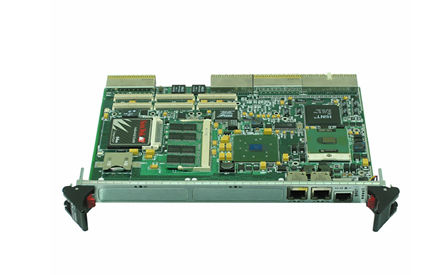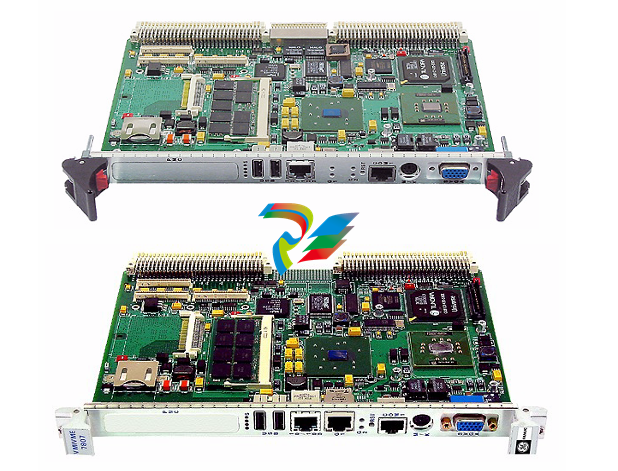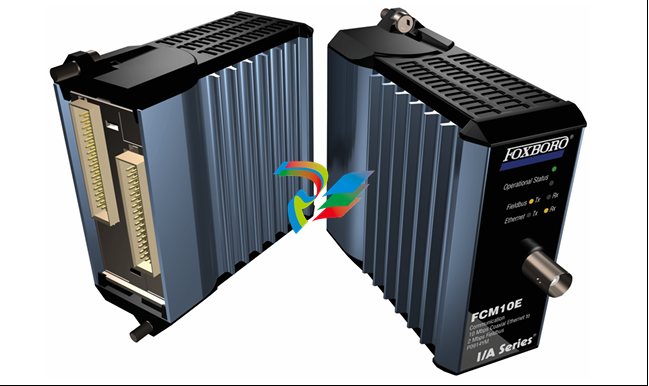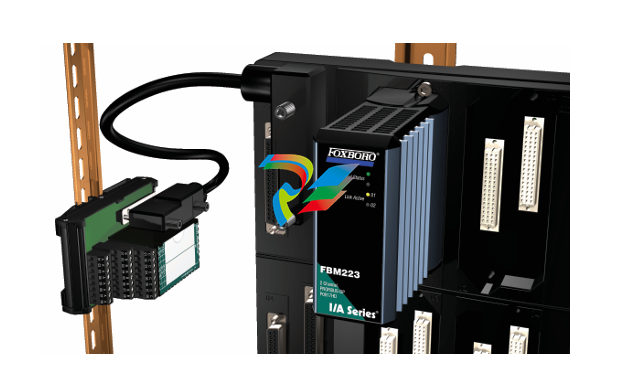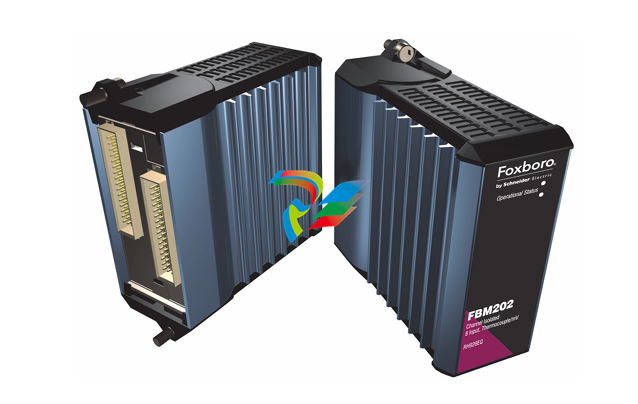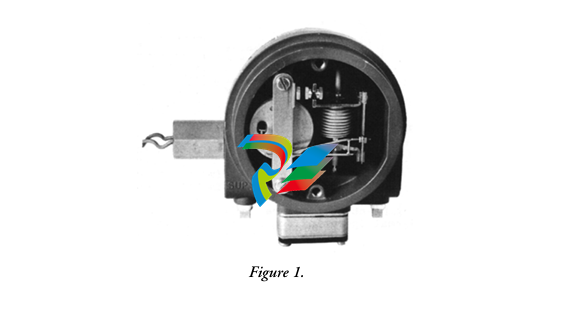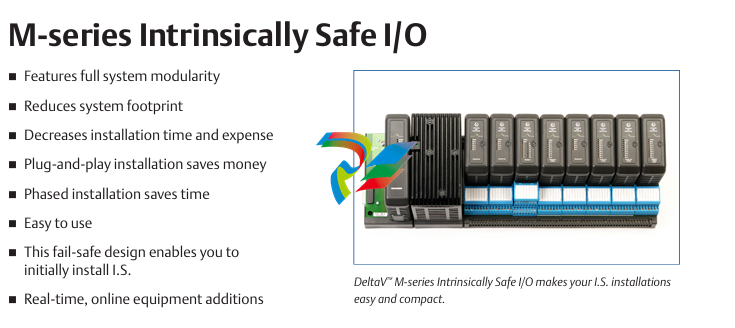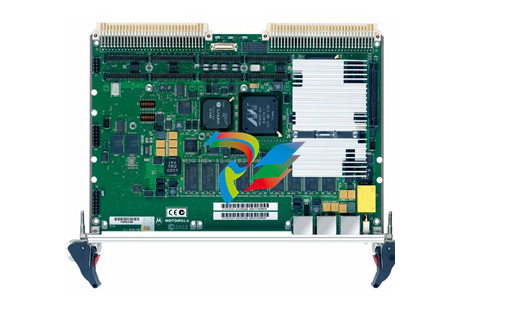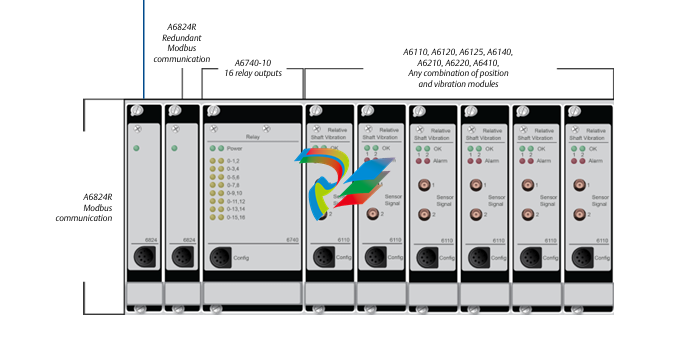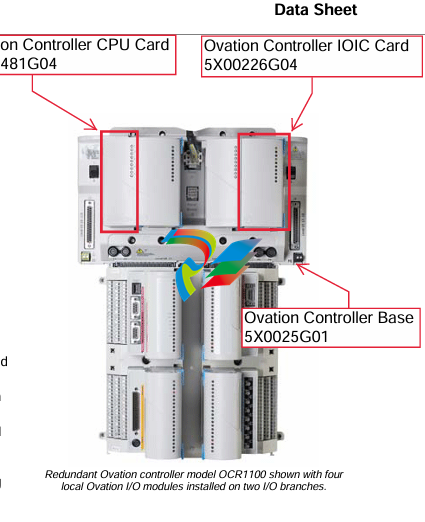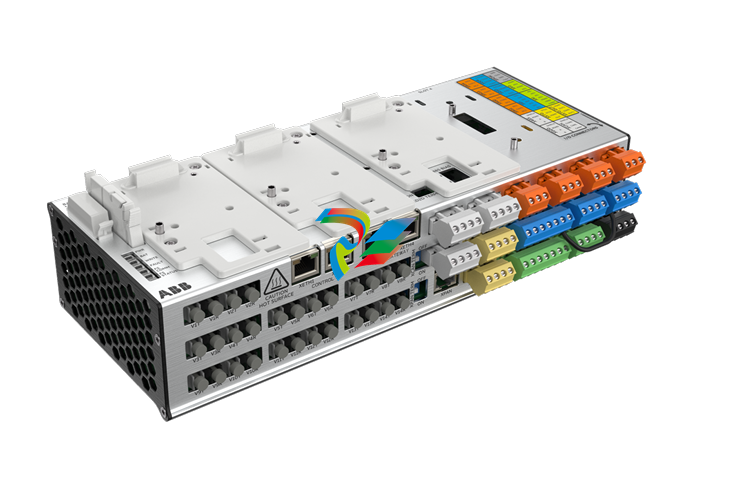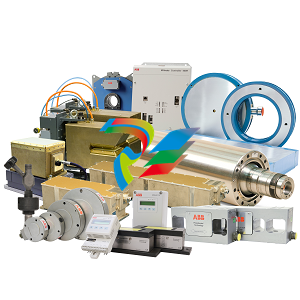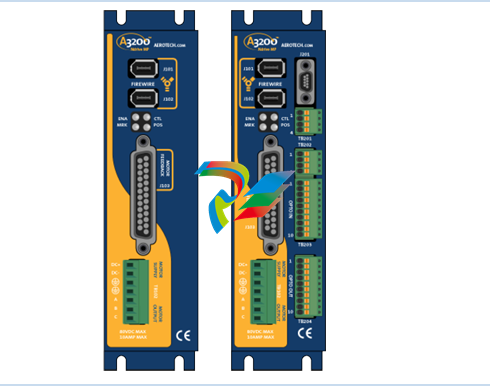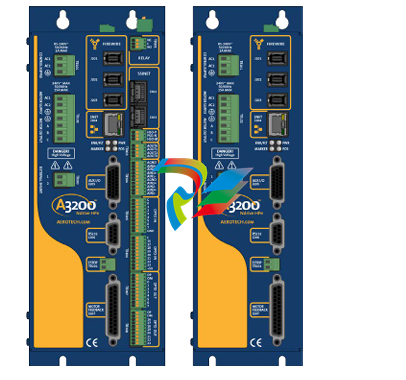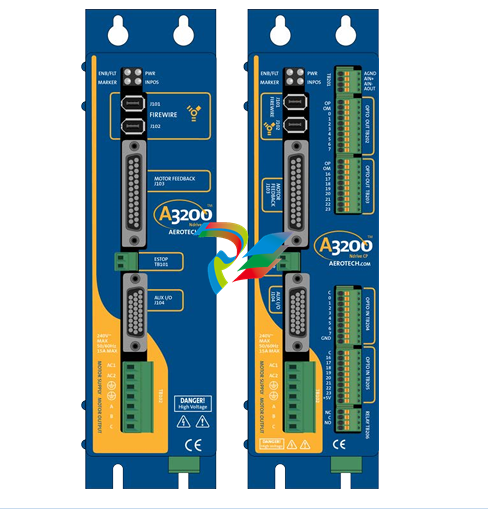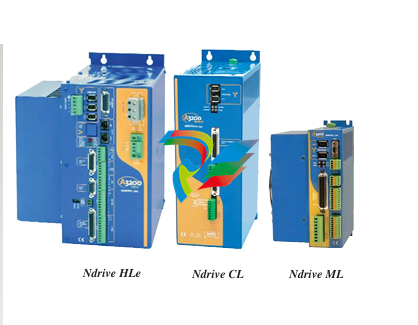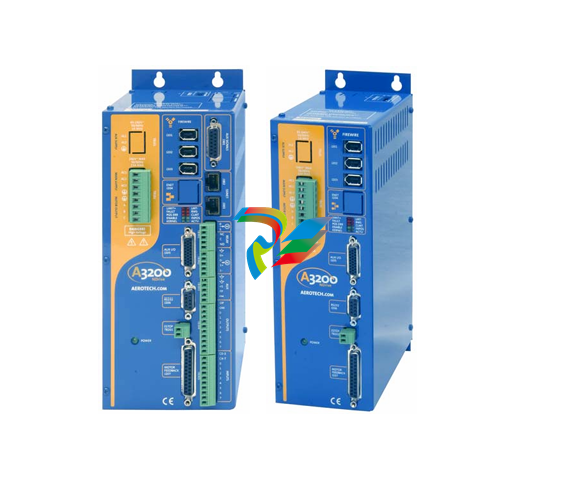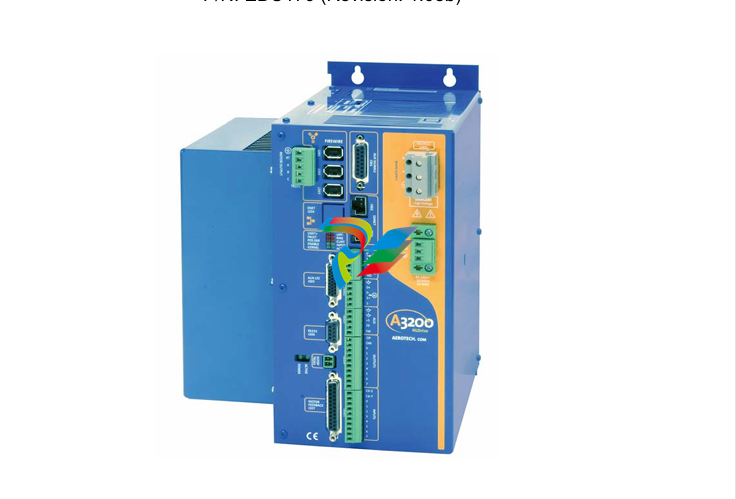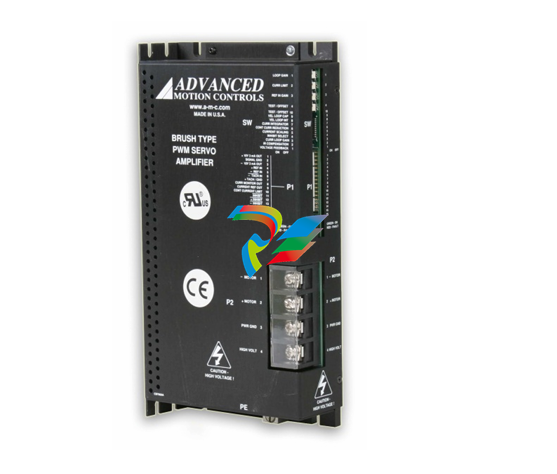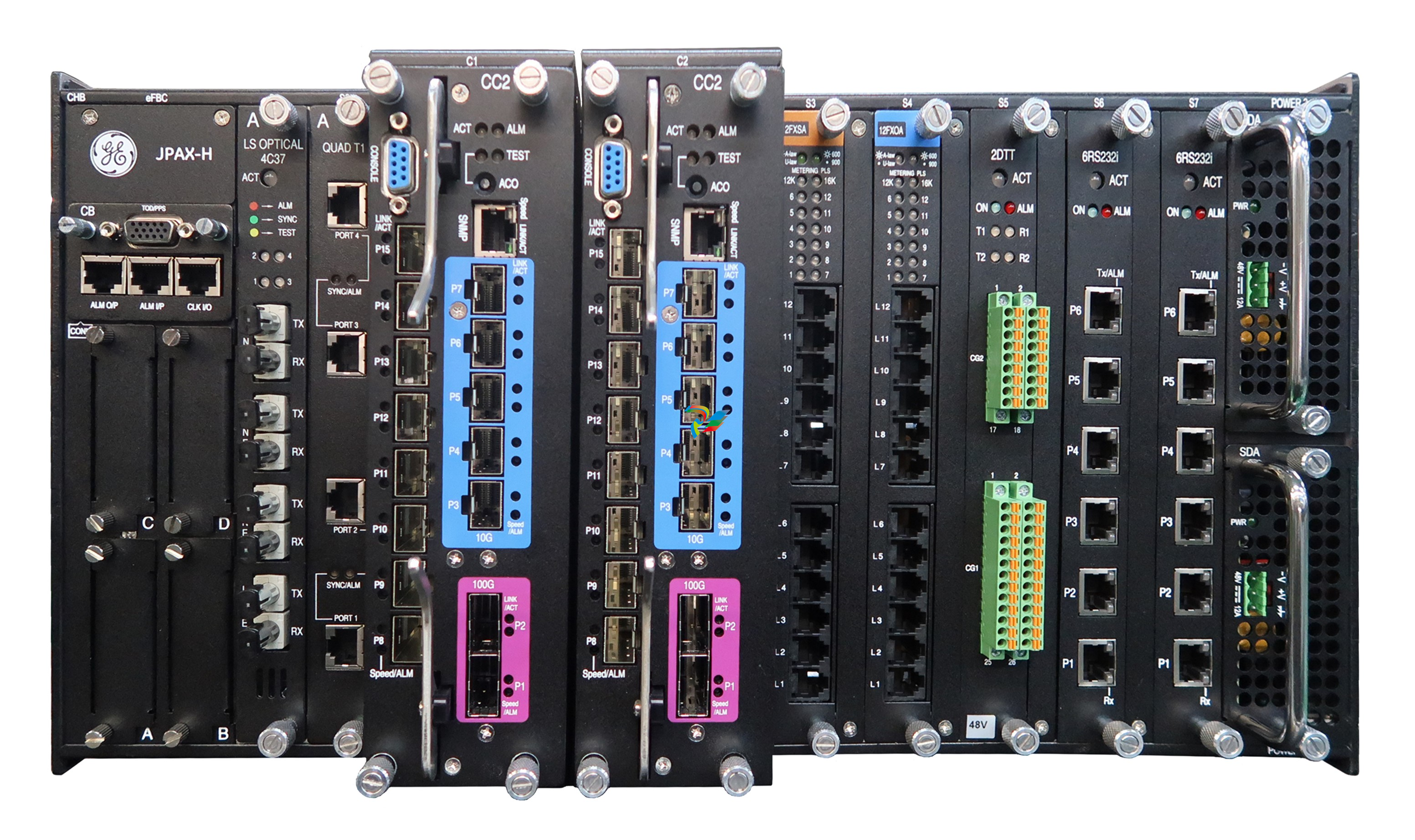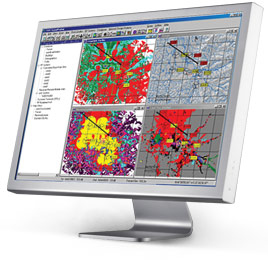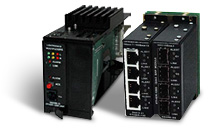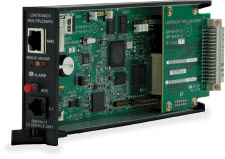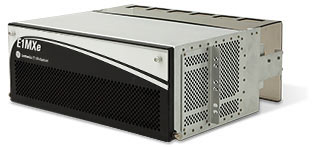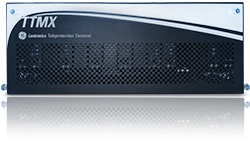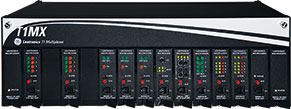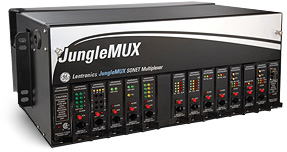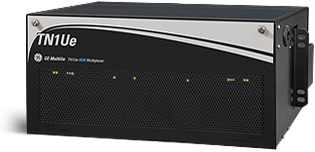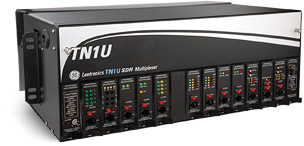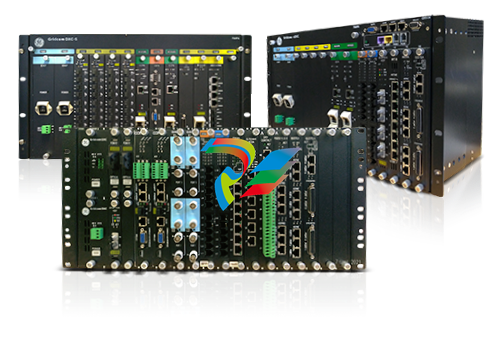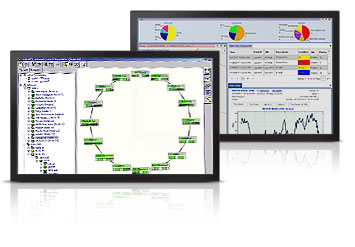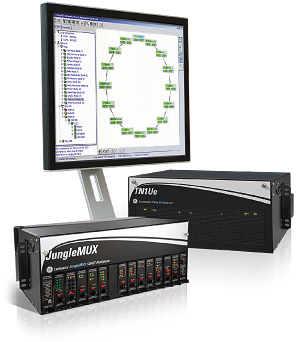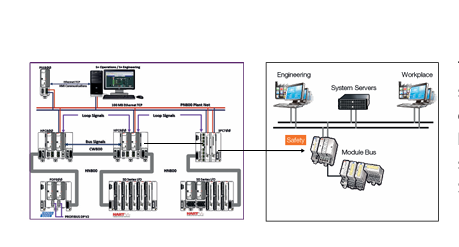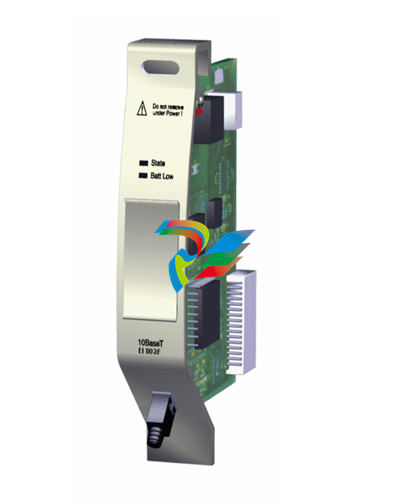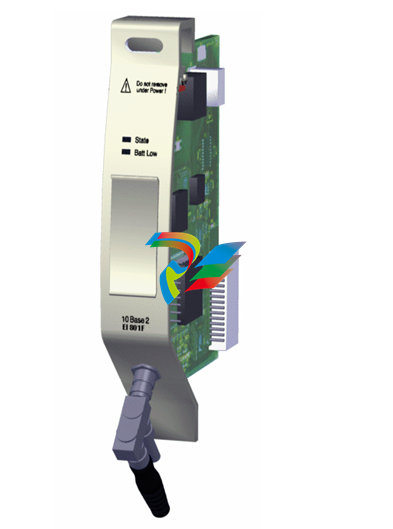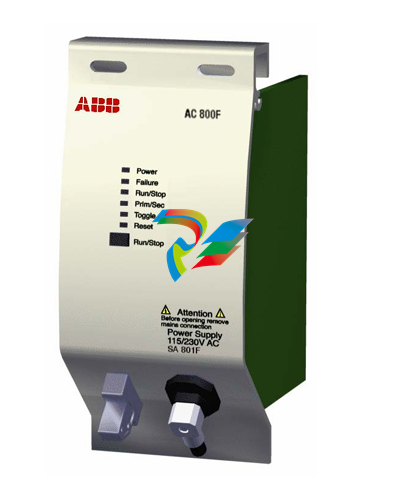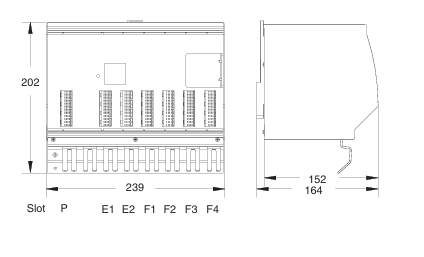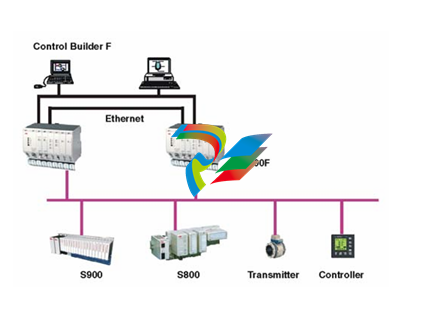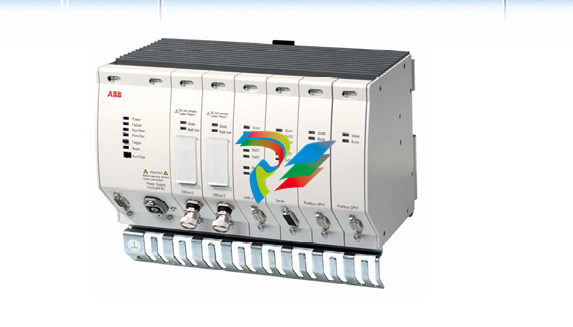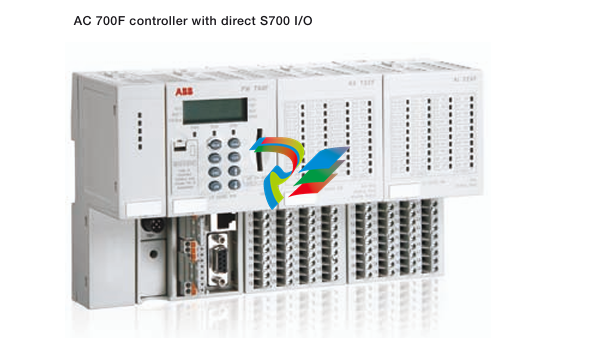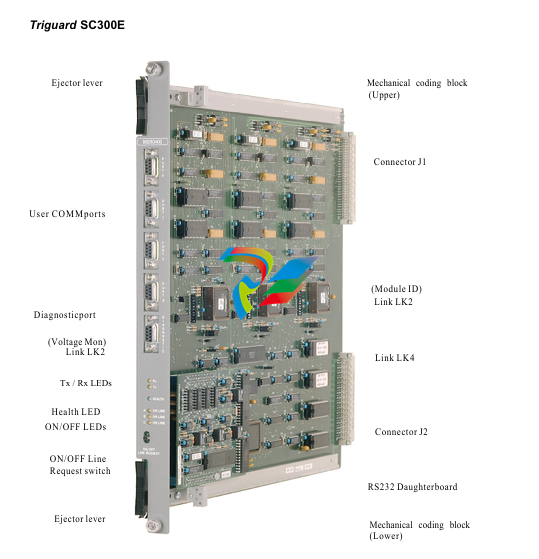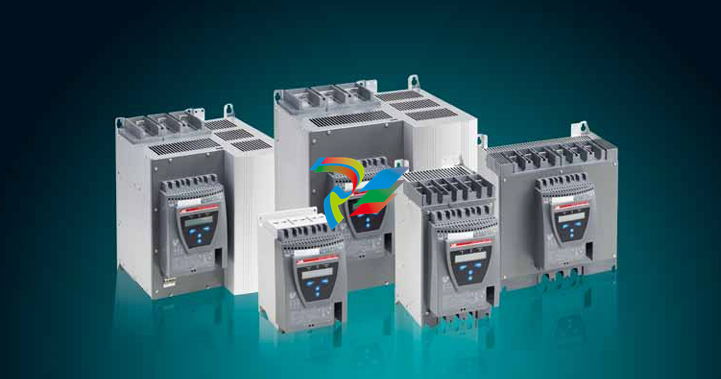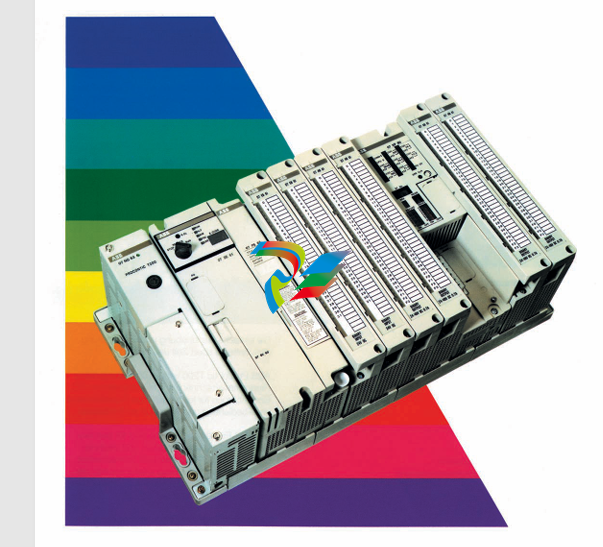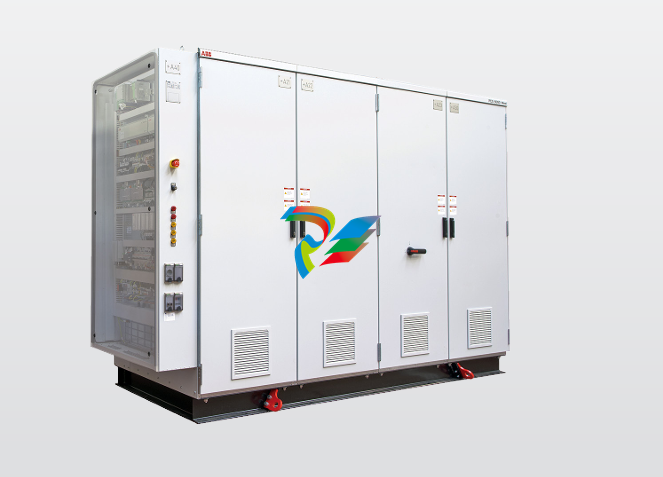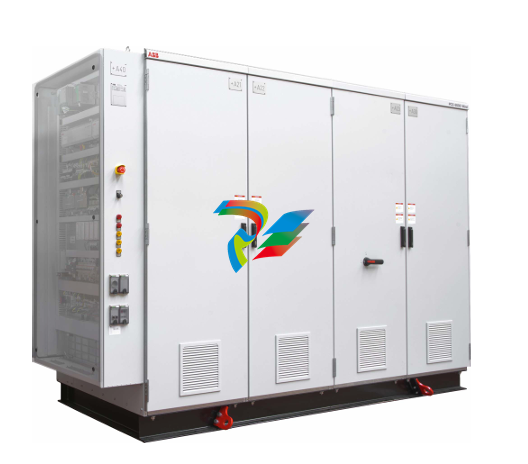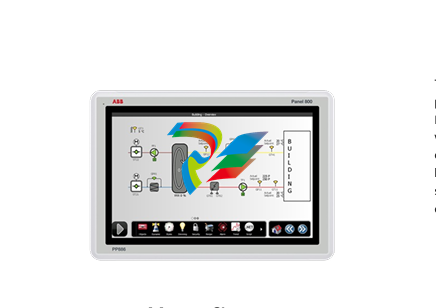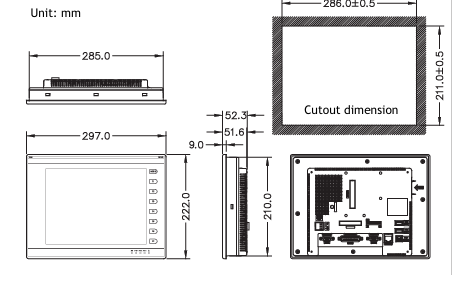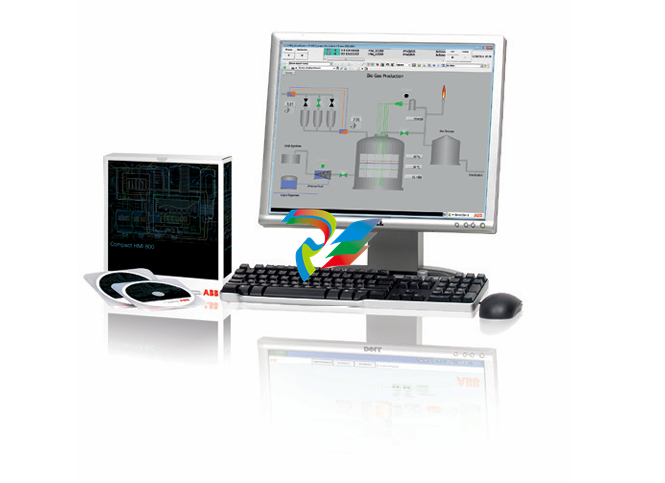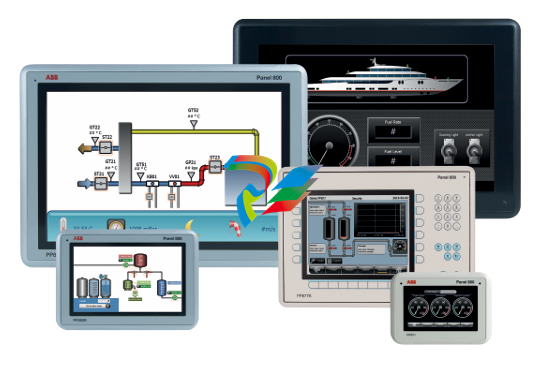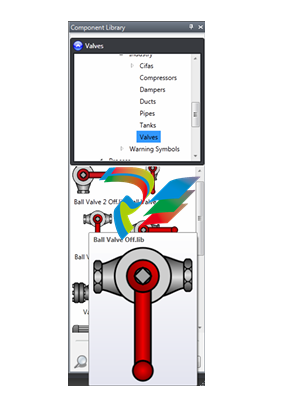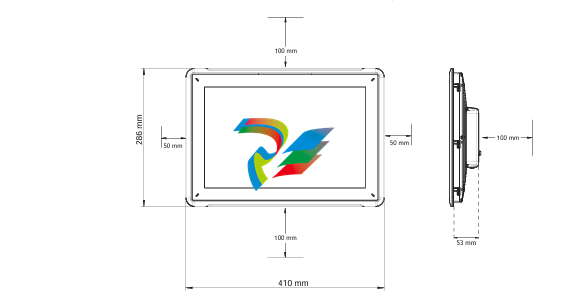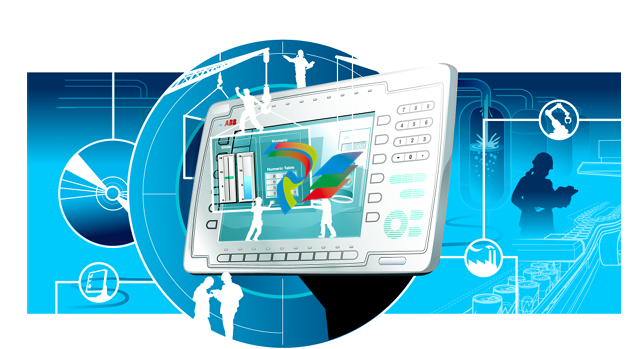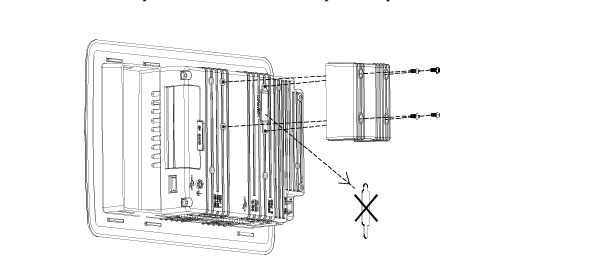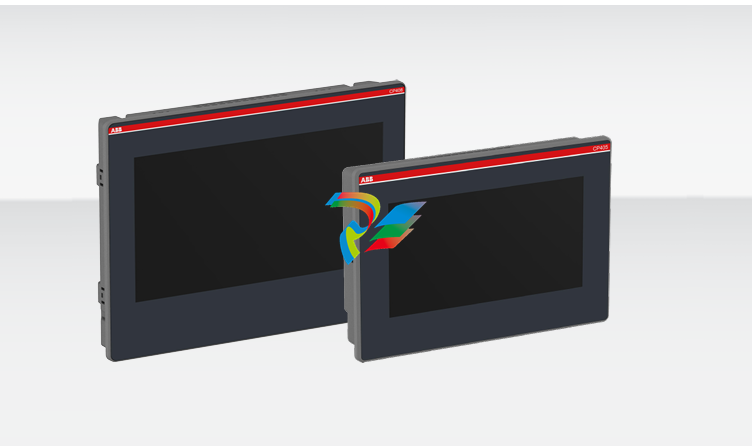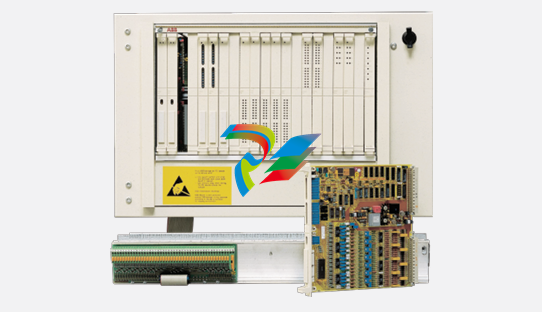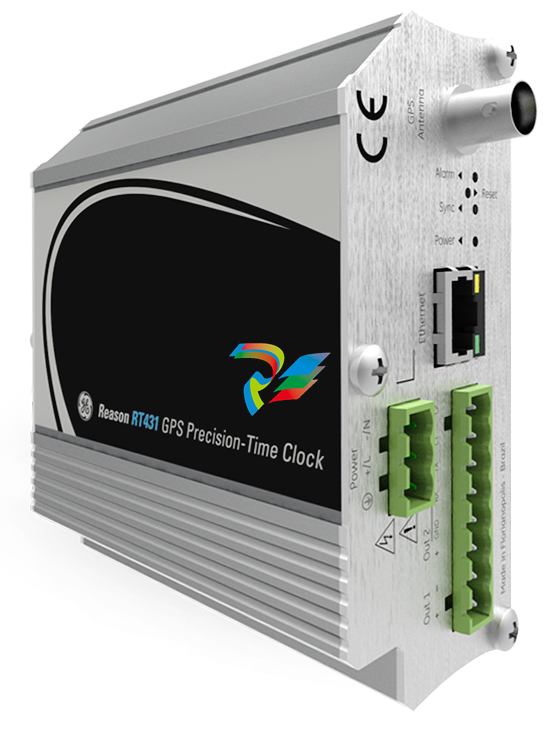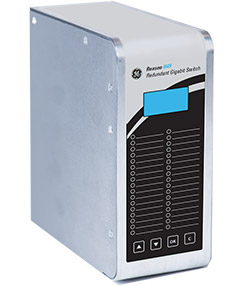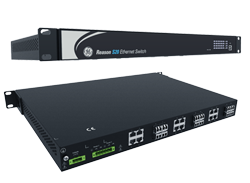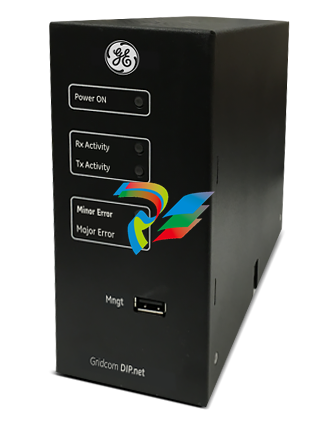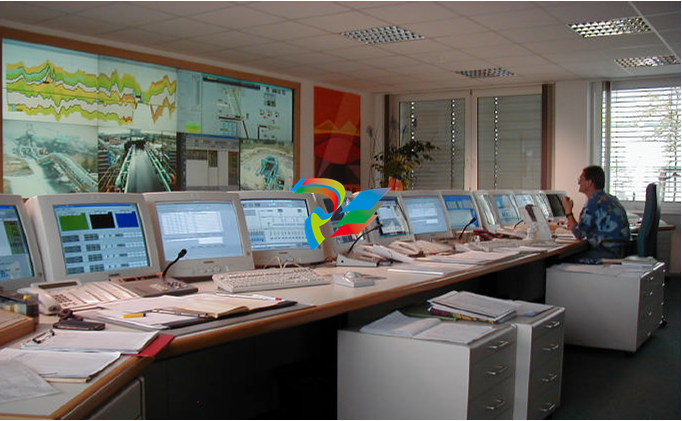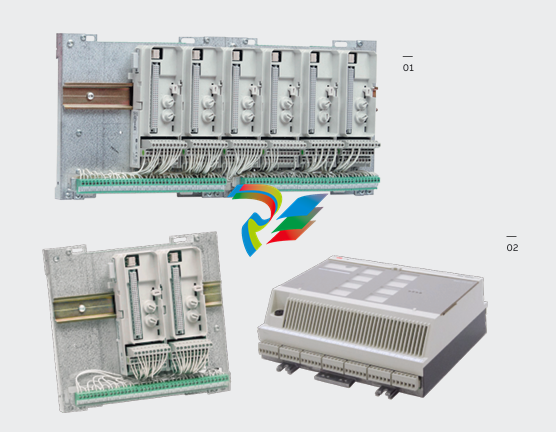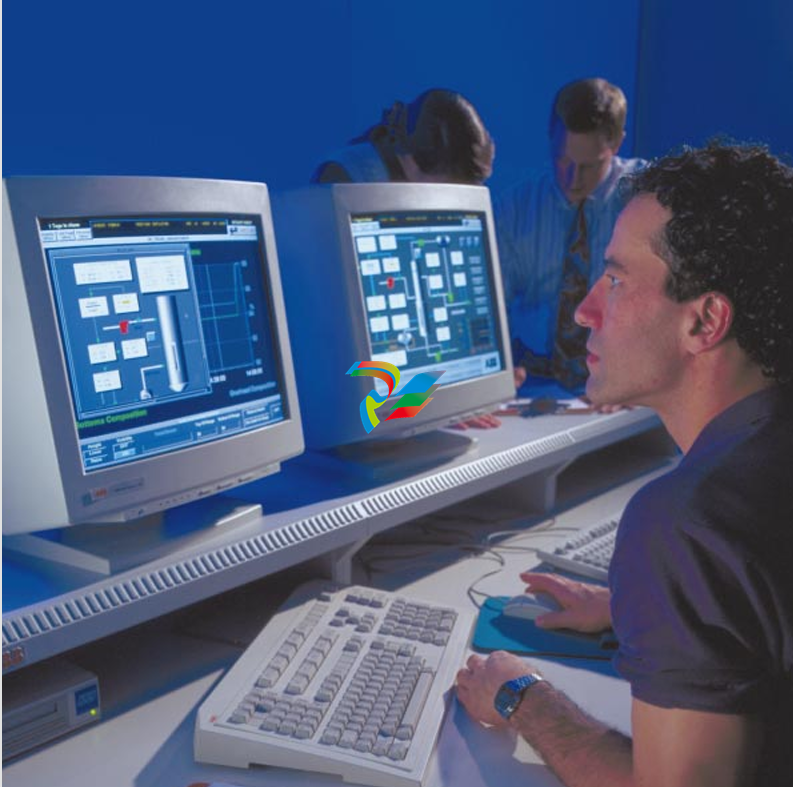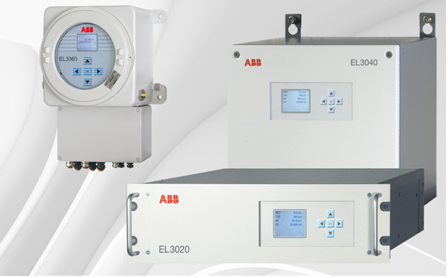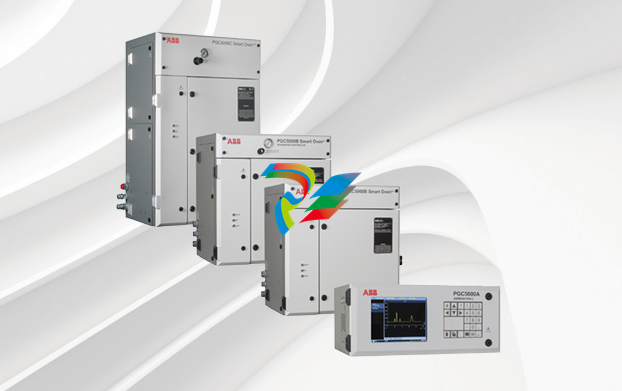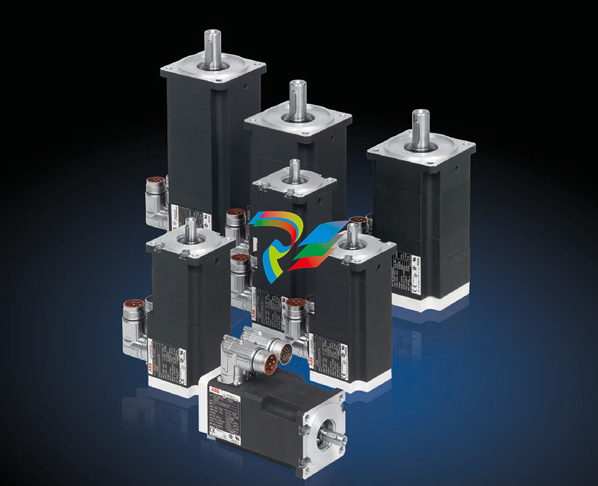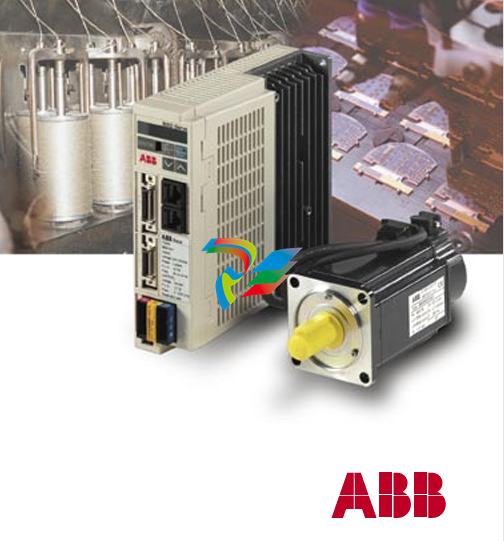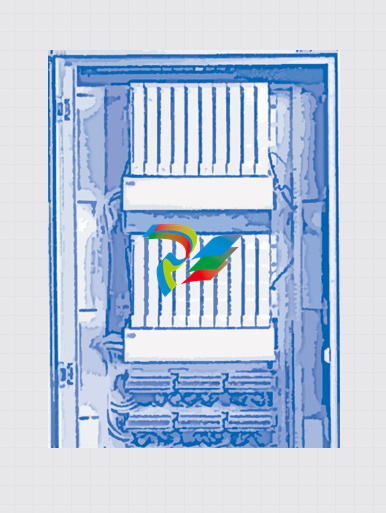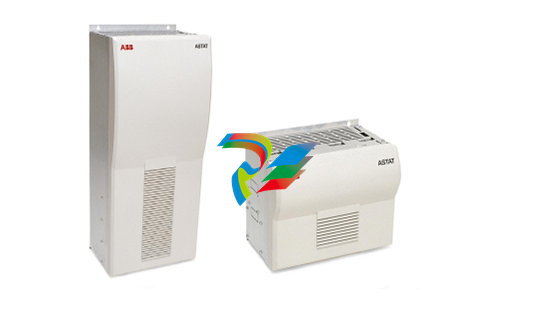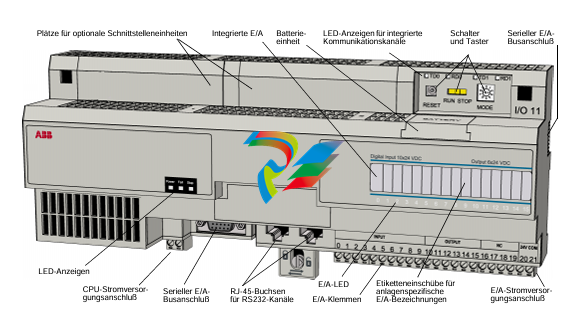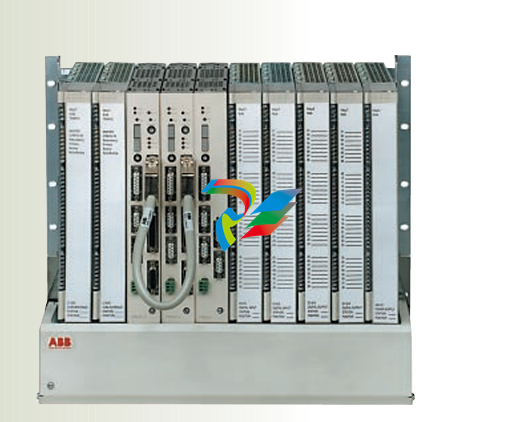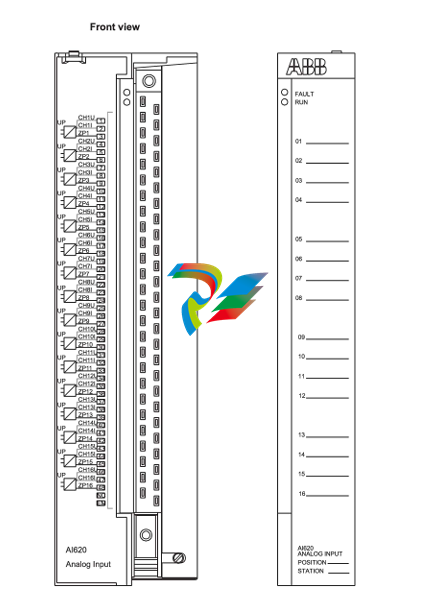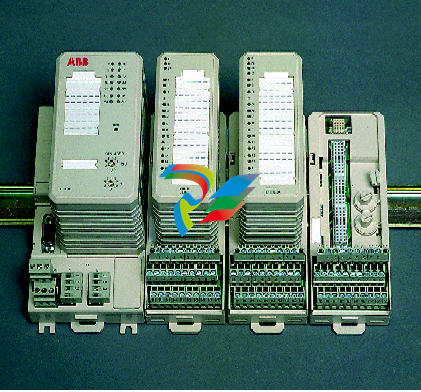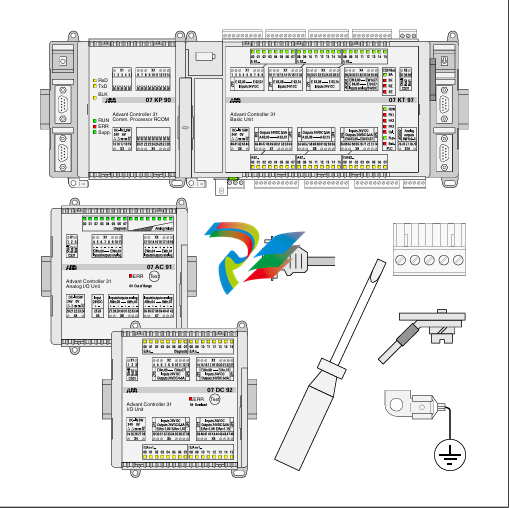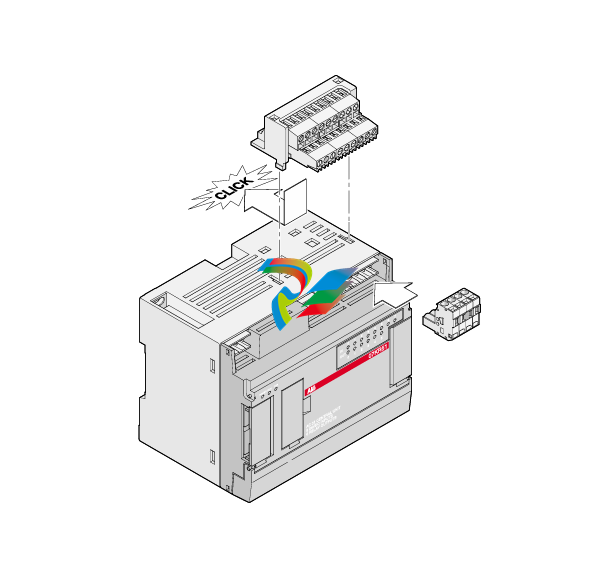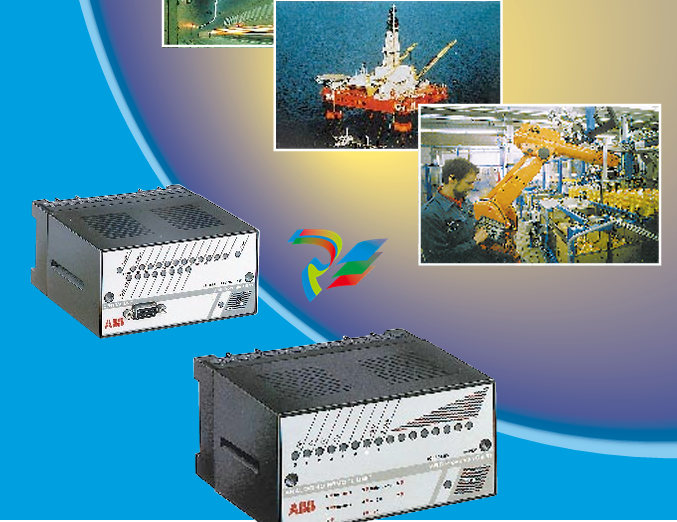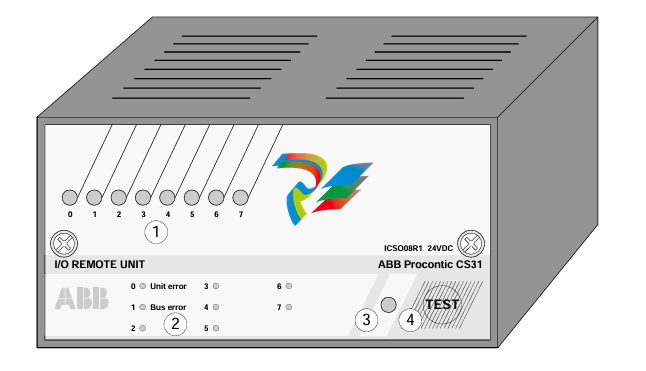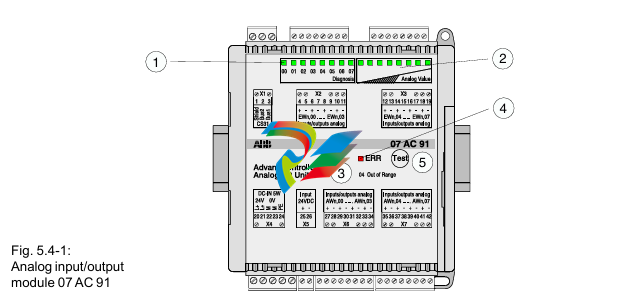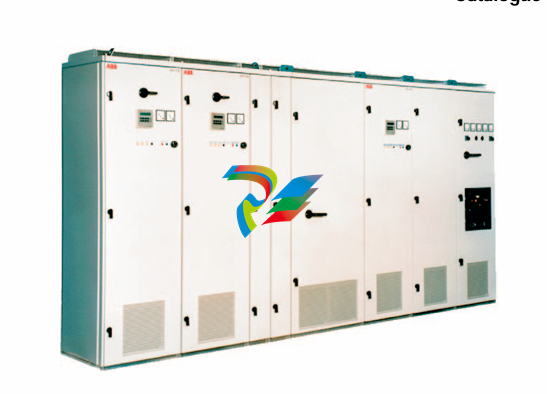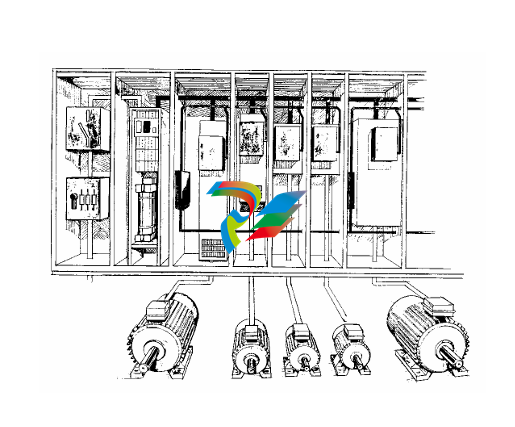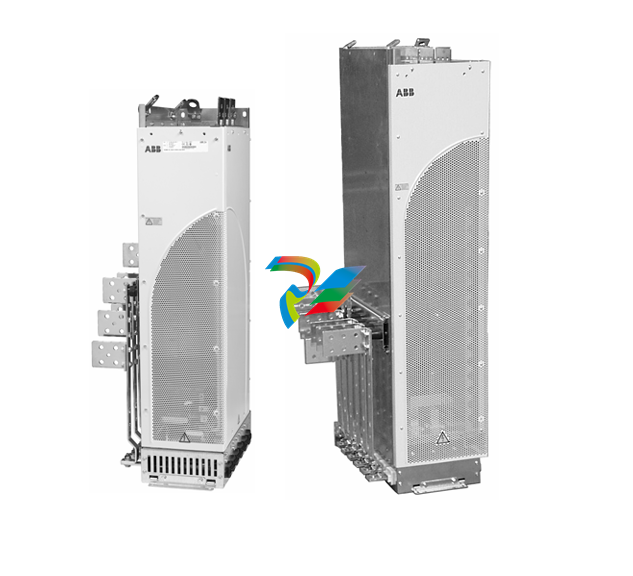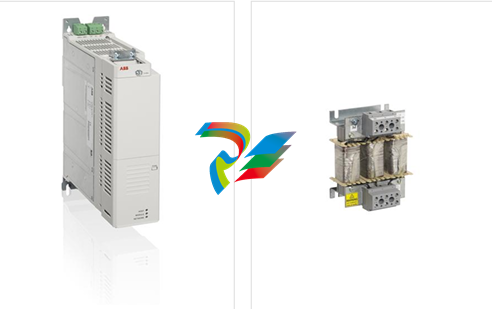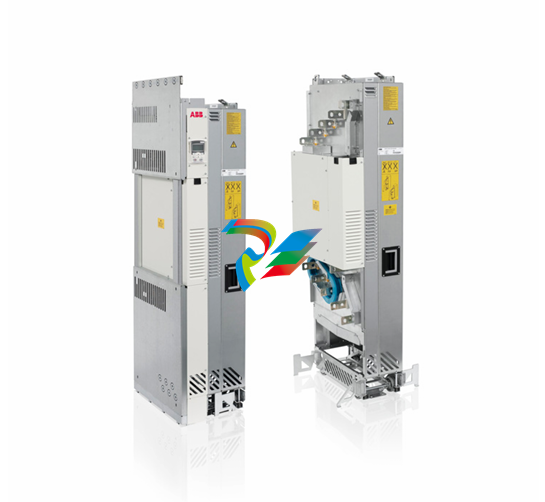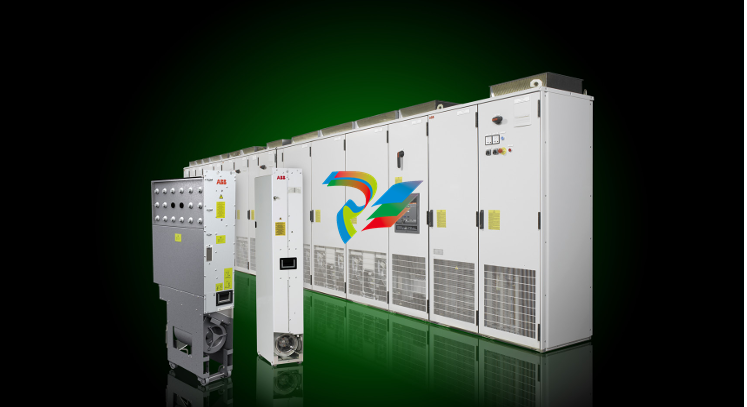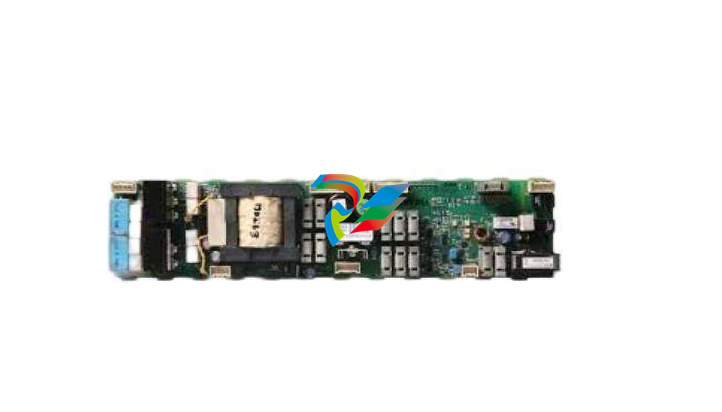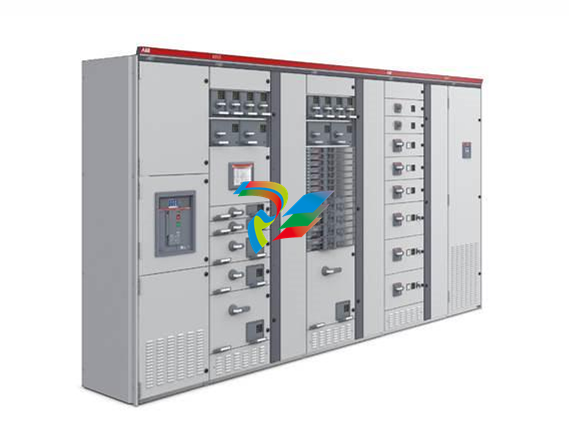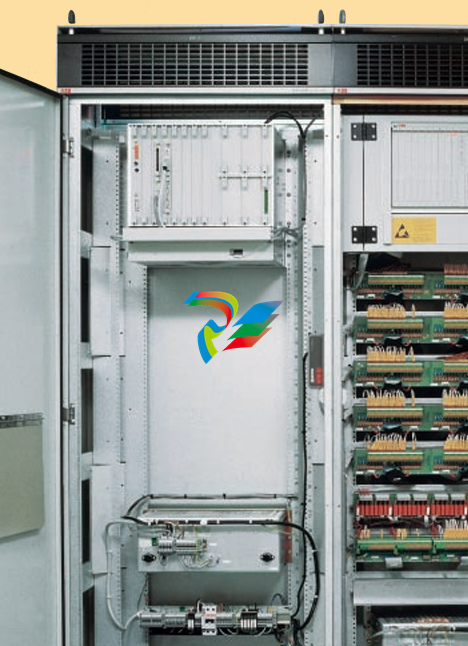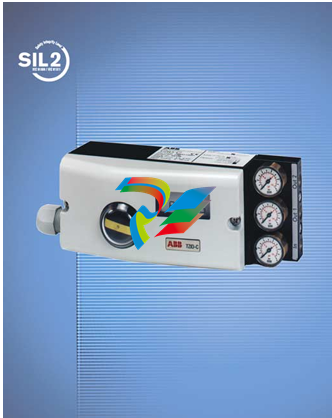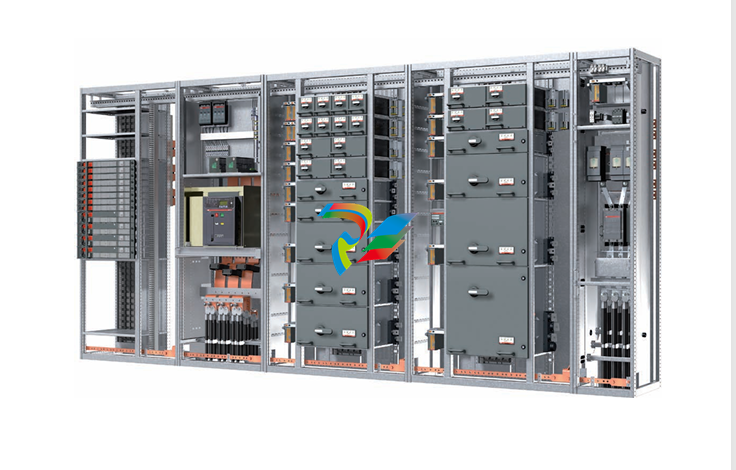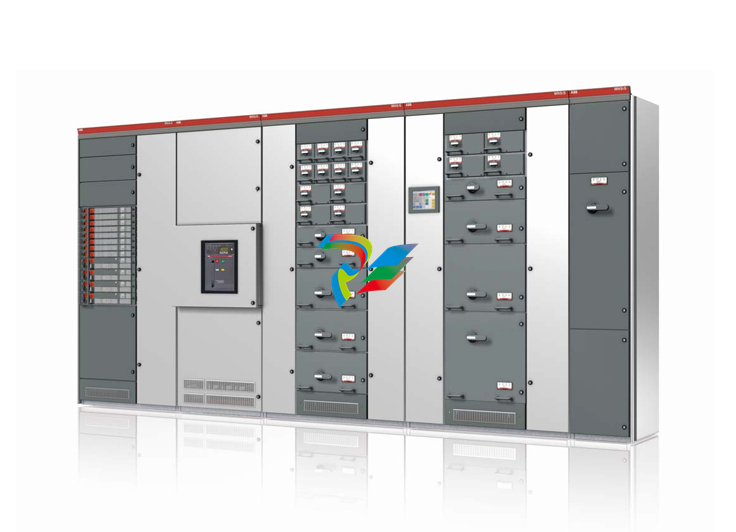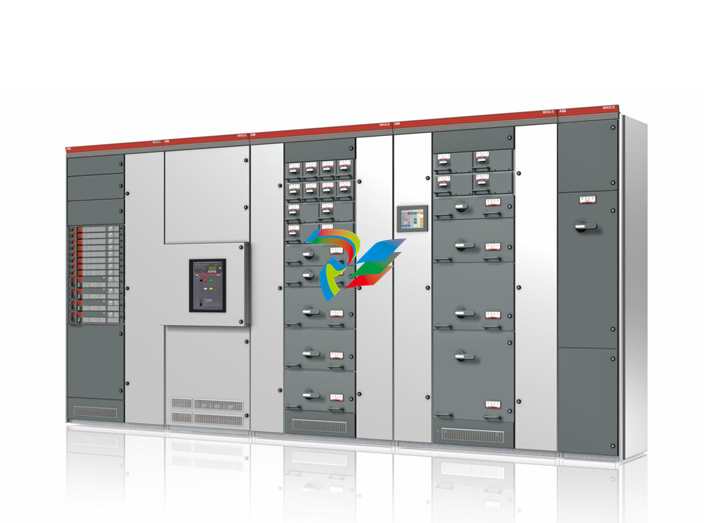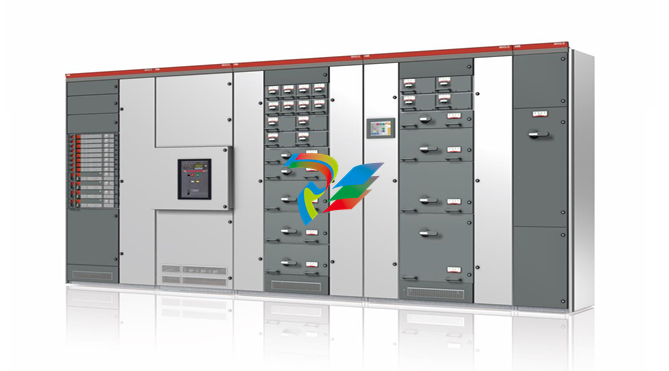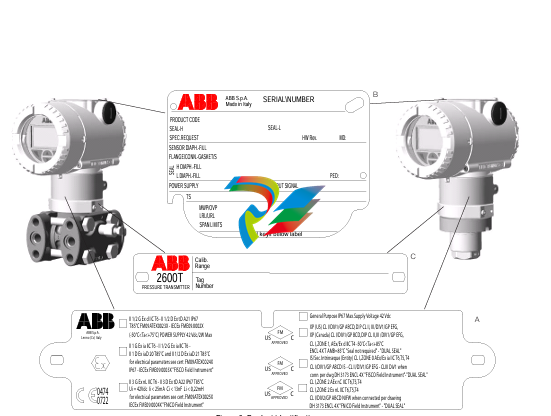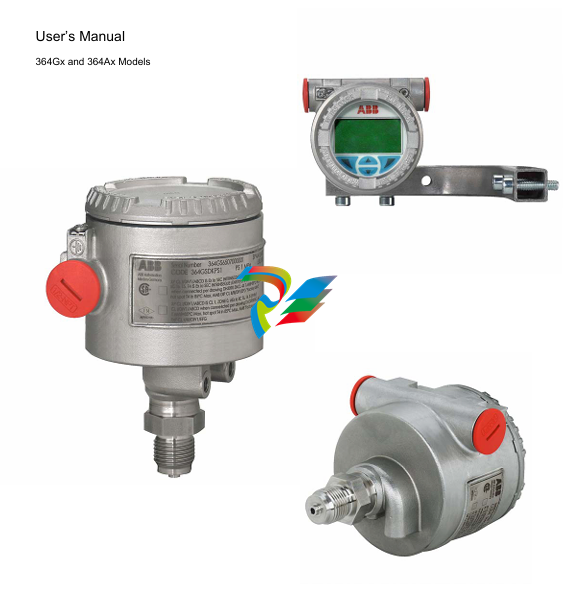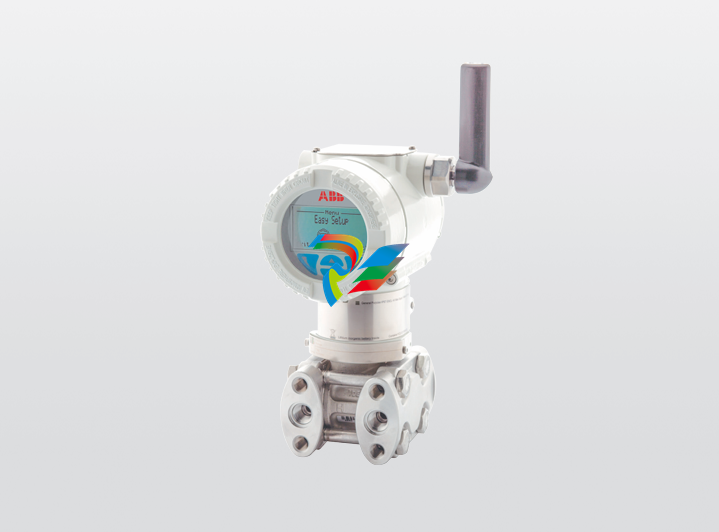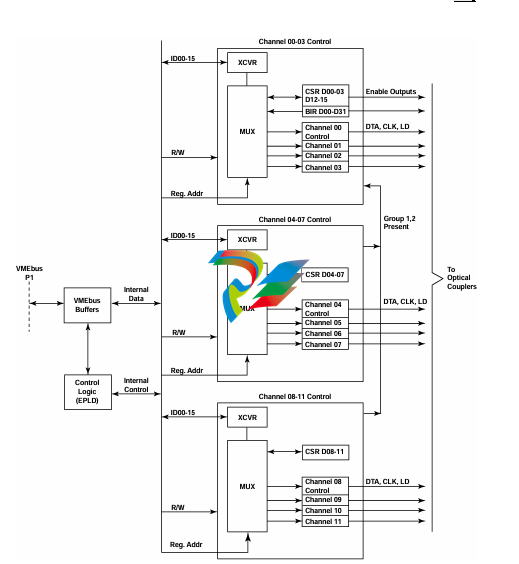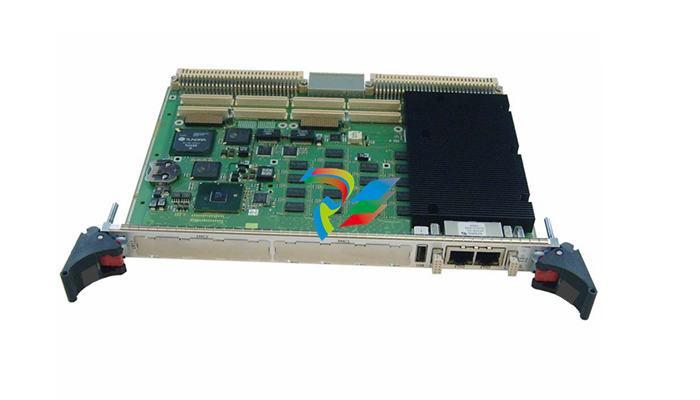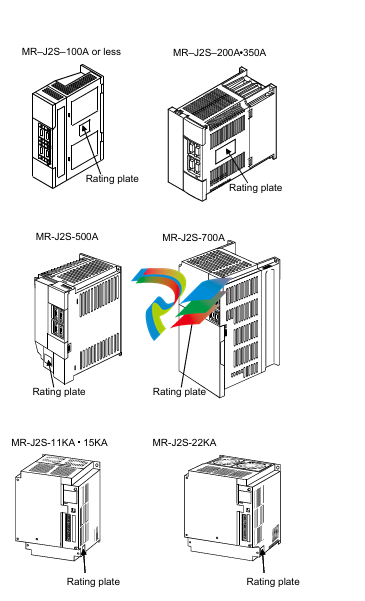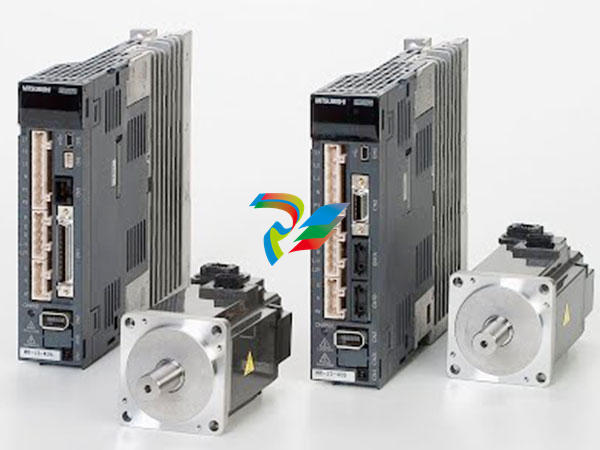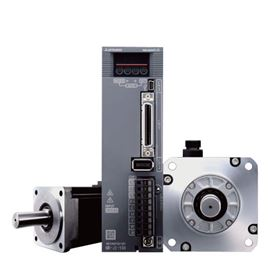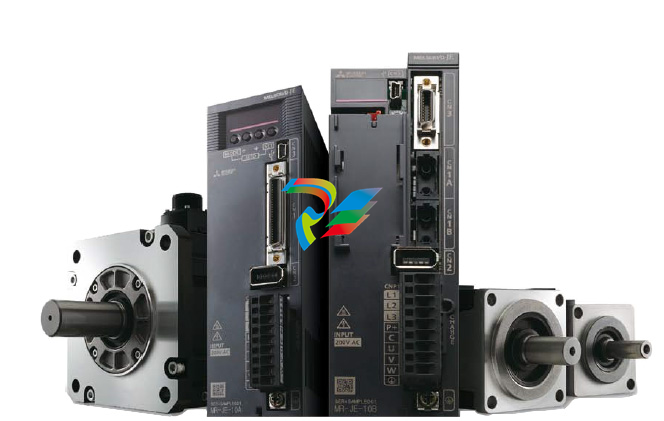
DCS; Industrial control system
Product
Article
NameDescriptionContent
Argument
Current Location:
PRODUCT SHOW
Description
Chassis-based Communication Modules
1. Introduction
Chassis-based communication modules are integral components in modern industrial and networking systems, playing a crucial role in facilitating efficient and reliable data transmission and communication among various devices and subsystems. These modules are designed to be integrated into chassis-based architectures, providing a centralized and modular approach to manage communication within complex environments.
2. Physical Design and Integration
- Chassis Compatibility: These communication modules are specifically engineered to fit into standardized chassis structures. They are designed with form factors that match the available slots or bays within the chassis, ensuring a seamless physical installation. For example, they might have a specific card-like design with edge connectors that align precisely with the corresponding connectors in the chassis slots, allowing for easy insertion and secure connection.
- Size and Form Factor: The size of chassis-based communication modules can vary depending on the specific requirements and capabilities they offer. Some may be compact to fit into space-constrained chassis setups, while others might be larger to accommodate more advanced features or a greater number of ports. Their form factor is usually optimized for efficient use of space within the chassis and to enable proper heat dissipation, as many of these modules generate heat during operation.
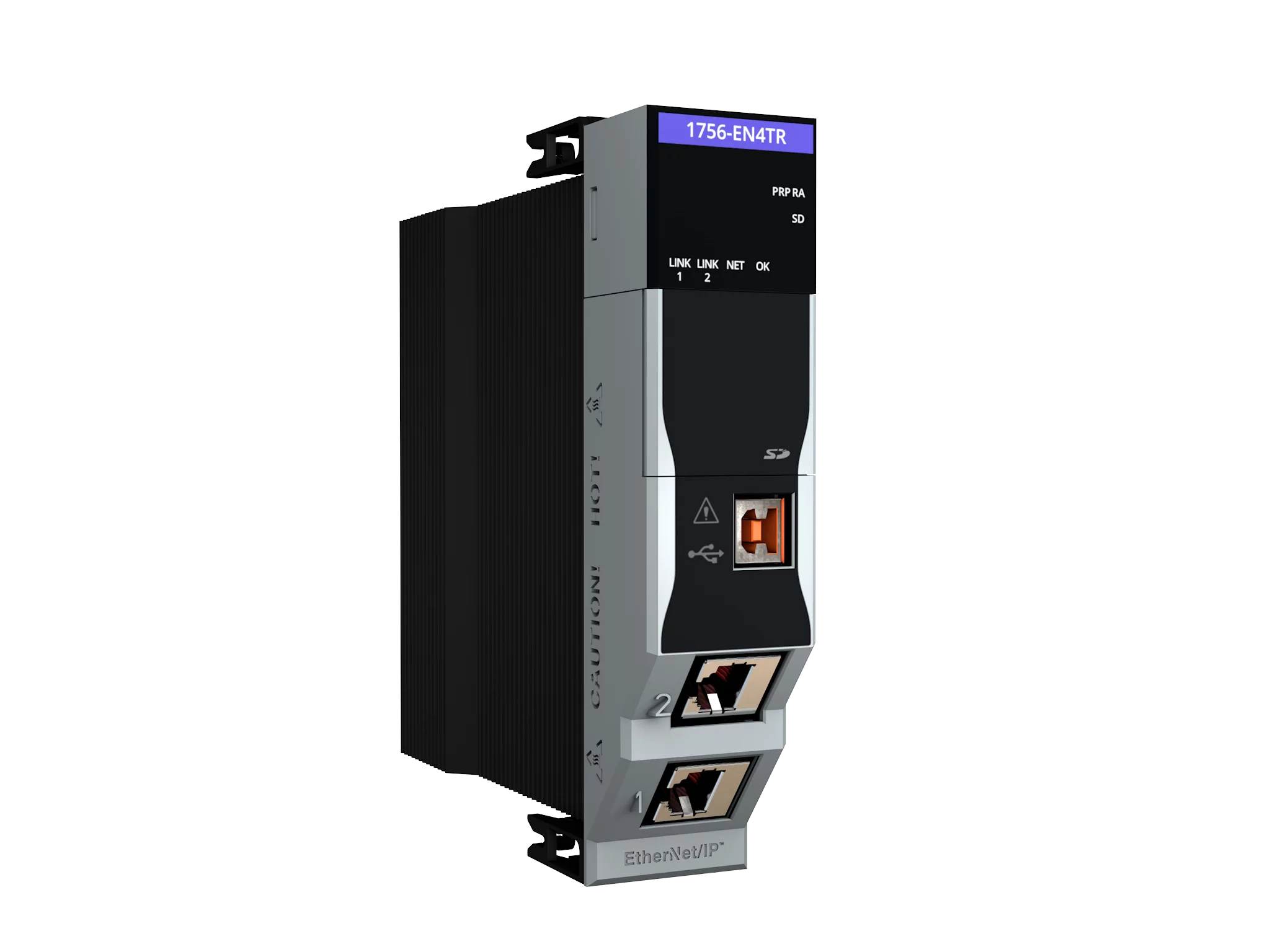
- Mounting and Securing: Once inserted into the chassis, the modules are typically secured in place using locking mechanisms or screws provided by the chassis design. This ensures that they remain firmly in position even in environments with vibrations or movement, maintaining stable electrical connections and reliable operation.
3. Communication Interfaces and Ports
- Ethernet Ports: One of the most common interfaces found on chassis-based communication modules is Ethernet ports. These ports can support different Ethernet standards such as 10/100Base-T or 1000Base-T (Gigabit Ethernet), enabling high-speed wired network connections. Multiple Ethernet ports may be present on a single module, allowing for connection to various devices like programmable logic controllers (PLCs), servers, or other networked equipment within an industrial or enterprise network.
- Serial Ports: In addition to Ethernet, serial ports like RS-232, RS-485, or RS-422 are often included. Serial communication is still widely used in many industrial applications, especially for connecting to legacy devices or for specific communication requirements where simplicity and long-distance transmission are important factors. These serial ports can be used to interface with sensors, actuators, or other equipment that relies on serial protocols for data exchange.
- Other Specialty Ports: Depending on the application and the specific module type, there may also be other specialty ports. For instance, fiber optic ports for high-speed and long-distance data transmission in environments where electromagnetic interference needs to be minimized or where greater bandwidth is required. There could also be ports for wireless communication interfaces such as Wi-Fi or Bluetooth, enabling wireless connectivity options for devices that are not easily wired or for providing flexibility in network configuration.
4. Communication Protocols and Capabilities
- Protocol Support: Chassis-based communication modules are capable of supporting a wide range of communication protocols. They can handle industry-standard protocols like EtherNet/IP, which is commonly used in industrial automation for seamless integration between different devices and systems. Additionally, they may support protocols such as Modbus (both TCP and RTU variants) for communication with a broad array of industrial sensors and actuators, as well as protocols specific to certain industries or applications.
- Data Transfer Rates: These modules offer varying data transfer rates depending on the interfaces and protocols used. Ethernet ports can achieve high speeds for bulk data transfer, while serial ports operate at lower but often sufficient speeds for specific types of communication tasks. The ability to handle different data transfer rates allows them to adapt to the requirements of diverse devices and applications, from slow-changing sensor data to high-bandwidth video or large file transfers in some industrial or enterprise scenarios.
- Redundancy and Failover: Many chassis-based communication modules incorporate features for redundancy and failover. In critical applications where uninterrupted communication is essential, they can be configured with backup communication paths or redundant ports. For example, if one Ethernet port fails, the module can automatically switch to another available port or use a backup network connection to ensure that data continues to flow without disruption, safeguarding the operation of the entire system.
Purchase history
| User name | Member Level | Quantity | Specification | Purchase Date |
|---|
Total 0 Record
Customer Reviews
Satisfaction :
5 Stars
No evaluation information





